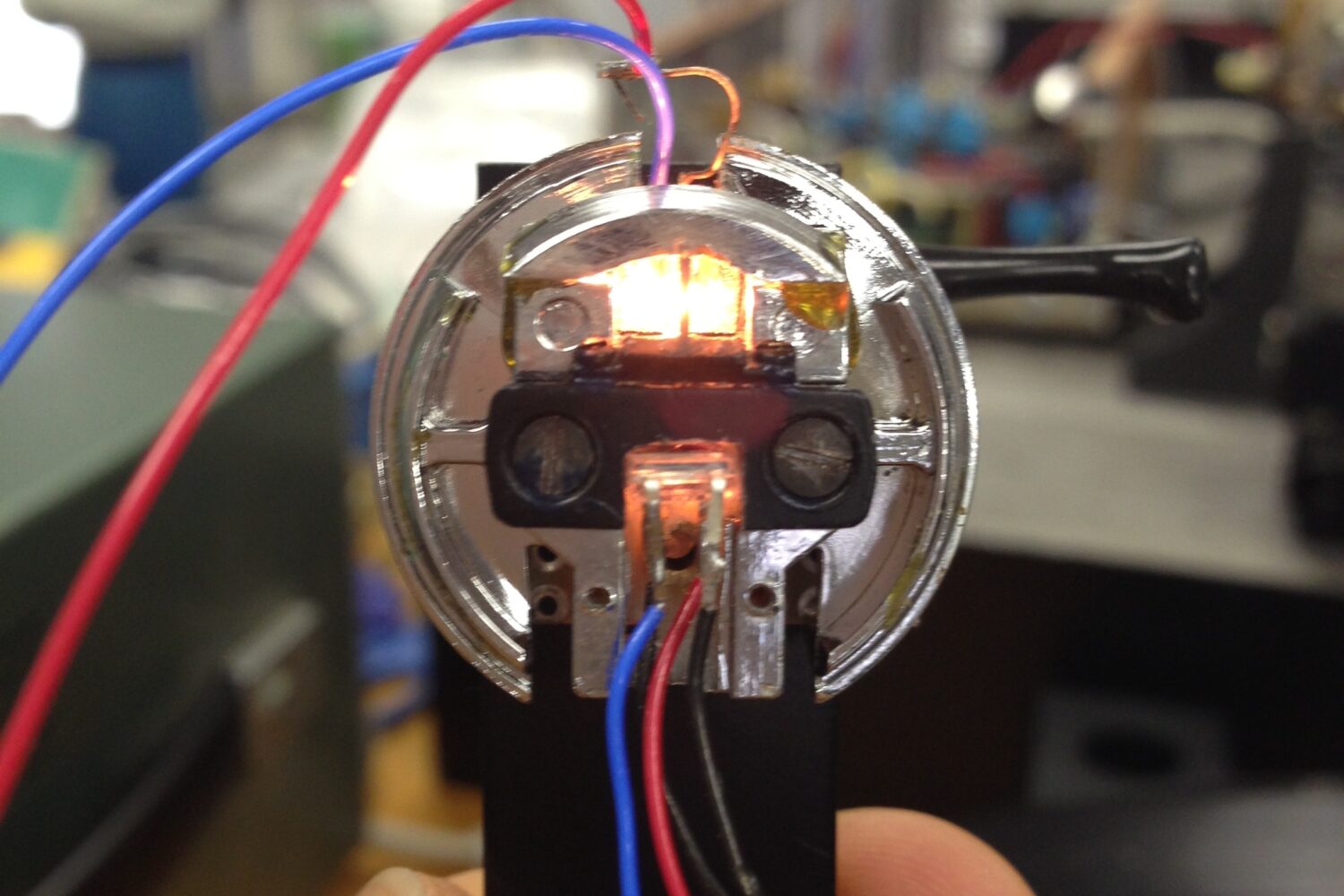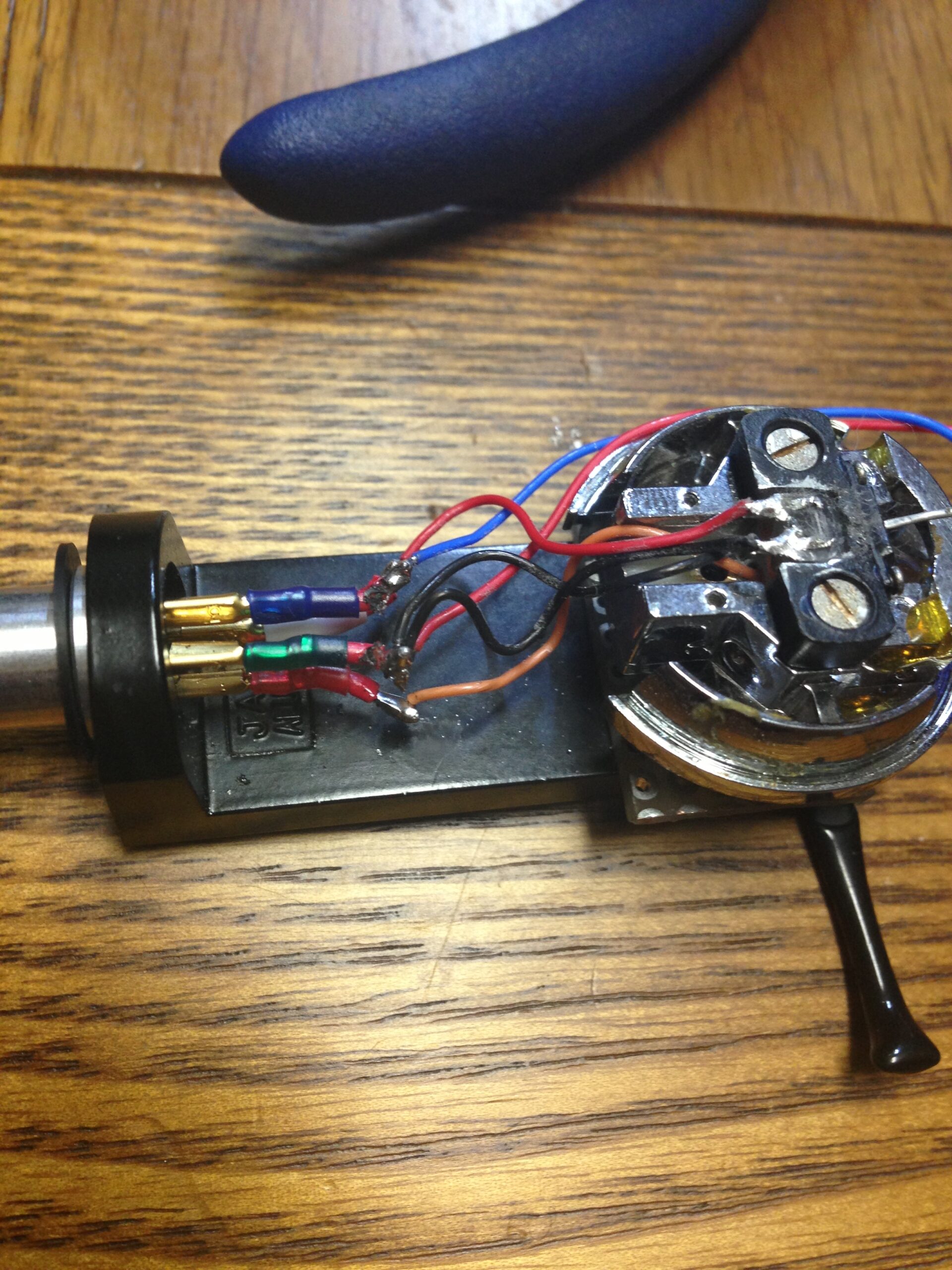BLOG
Contents

Why did we start the optical cartridge? The reason behind the launch of DS Audio.
Why did we start the optical cartridge? The reason behind the launch of DS Audio.
We often receive inquiries from all over the world about why we began producing optical cartridges and why DS Audio was founded. Therefore, I would like to record the reasons here.
[What I Want to Achieve in the Future]
To share this story, we need to trace back to my university days. During my university years, I was a student in the college baseball team, dedicating my days to baseball, without a clear image of my future. However, by the time I reached my third year of university, as my peers began their job search, I started to seriously contemplate my own future for the first time. What did I really want to achieve in the future? Confronting this question earnestly, my answer at that time was that I wanted to create a unique product that would bring joy to people. From that day on, I made a decision to invest my life’s time into creating a product (or service) that would bring happiness to many people, rather than being driven by income, stability, or societal status. This established “yardstick” became the basis for all my value judgments.
So, how could I go about creating a product? Even if I were to join a major corporation, the opportunity to freely create products (or services) would likely only come about later in life, which led me to quickly exclude this option. To engage in creative work for an extended period within the limitations of finite time, I came to realize that instead of doing something within a company, I needed to start a business of my own. However, being someone who had solely pursued baseball until university, I had no understanding of how to start a business. Nonetheless, I readily understood that starting a business was far from being a simple endeavor, even during my university years.
[The Personal Challenge of the Certified Public Accountant (CPA) Exam]
Hence, I set myself the challenge of “passing the Certified Public Accountant (CPA) exam within one year.” Why the CPA exam? Just as English is necessary when traveling to America, I believed that a fundamental understanding of accounting was essential to conducting business on my own, as it forms the foundation for entrepreneurship. Additionally, at the time, the CPA exam had a pass rate of around 8%. This challenge was intended to test my commitment; I felt that if I couldn’t overcome a challenge of this magnitude, then I wouldn’t be able to fulfill my dream of creating a product that would bring joy to people. Events like the Lehman shock, natural disasters, and the COVID-19 pandemic often occur unexpectedly in business. Engaging in business requires relentlessly producing results despite the uncertain external environment. In contrast, the CPA exam is insulated from external factors, offering a highly straightforward test where roughly the top 8% pass. While the difficulty of an 8% pass rate might vary for each person, there’s no doubt that the challenge of consistently producing results in business is even greater.
With these thoughts in mind, I set myself the challenge of passing the CPA exam within one year. If I failed, I would consider pursuing a career at a major corporation rather than chasing the dream of starting a business. Thus, I decided to aim for the CPA exam. Fortunately, I managed to pass the exam. As a result, I submitted my resignation at an audit firm after fulfilling the two-year practical requirement and embarked on my journey toward my dream.
[Encounter with Toshiba Photoelectric Cartridges]
After leaving the audit firm, I joined Digital Stream, my father’s company. At the time, the company was involved in small-scale contract development work related to optical technology, and I was searching for an opportunity to contribute something new within the company. One day, Mr. Yamada, who served as a consultant for the company, invited me to listen to analog records. On one of those occasions, Mr. Yamada played Michael Jackson’s “Thriller” on vinyl for me.
The sound was astonishing to me. While I wasn’t an audiophile, I had been enjoying music in my daily life using MD players and iPods, thinking that the latest products offered the best sound quality. However, the sound that emanated from that decades-old black disc was far superior, with an incredible lifelike quality that gave me goosebumps.
In amazement, I asked Mr. Yamada, “What is this?!” He explained, “Analog records have amazing sound, especially when played using a optical cartridge. The one I’m using is a optical cartridge made by Toshiba 40 years ago.” It turned out that Mr. Yamada was using a optical cartridge produced by Toshiba decades ago. This was my first realization that such a thing as a optical cartridge existed in the past, and that while the cartridge had been introduced before, it had disappeared from the market due to thermal issues, despite its excellent sound quality. Witnessing such extraordinary sound from an old cartridge led me to believe that if I could create an optical cartridge using modern technology that could deliver even better sound than what I had just heard, there would surely be people who would be amazed and delighted—even if I couldn’t predict how many, perhaps even fewer than 10. But we may be able to create a great product that will be etched in the memories of those 10 people. Nonetheless, this was exactly what I had been searching for, and I intuitively understood that it was a pursuit worth dedicating my life to. The very next day, development of the optical cartridge began.
This was the catalyst for the development of the optical cartridge and the birth of DS Audio. Looking back, it was a serendipitous occurrence. If I hadn’t been struck by the sound, if the first cartridge I had heard hadn’t been a optical cartridge, I believe DS Audio wouldn’t exist today. Furthermore, if my personal measure of success had prioritized income, stability, or societal status, I likely wouldn’t have joined Digital Stream or pursued the development of the optical cartridge. Reflecting on this, it seems that the essence of the goal is perhaps the most crucial.
The strong desire to “create something new that brings joy to people” led to the founding of DS Audio, with the brand concept “Creating the future of analog music.” It became a significant driving force toward the development of products like the optical cartridge and the eccentricity detection stabilizer etc.
This passion remains unchanged even now.
CEO, DS Audio
Tetsuaki Aoyagi
↓First prototypes
https://youtube.com/shorts/xcOpeeTO0fY?feature=share



